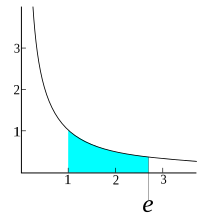
Photo from wikipedia
Phytophthora agathidicida is a virulent soil pathogen of Aotearoa New Zealand's iconic kauri tree species (Agathis australis (D. Don) Lindl.) and the primary causal agent of kauri dieback disease. To… Click to show full abstract
Phytophthora agathidicida is a virulent soil pathogen of Aotearoa New Zealand's iconic kauri tree species (Agathis australis (D. Don) Lindl.) and the primary causal agent of kauri dieback disease. To date, only a few control options are available to treat infected kauri that are expressing symptoms of dieback disease. Previous research has identified strains of Penicillium and Burkholderia that inhibited the mycelial growth of P. agathidicida in vitro. However, the mechanisms of inhibition remain unknown. By performing whole genome sequencing, we screened the genomes of four Penicillium and five Burkholderia strains to identify secondary metabolite encoding biosynthetic gene clusters (SM-BGCs) that may be implicated in the production of antimicrobial compounds. We identified various types of SM-BGCs in the genome of each strain, including polyketide synthases (PKSs), non-ribosomal peptide synthetases (NRPSs), and terpenes. Across all four of the Penicillium strains, five SM-BGCs were detected that encoded the biosynthesis of napthopyrone, clavaric acid, pyranonigrin E, dimethyl coprogen and asperlactone. Across all five of the Burkholderia strains, three SM-BGCs were detected that encoded the biosynthesis of ornibactin, pyochelin and pyrrolnitin. Our analysis detected numerous SM-BGCs which could not be characterised. Further efforts should be made to identify the compounds encoded by these SM-BGCs so that we can explore their antimicrobial potential. The potential inhibitory effects of the compounds encoded by the SM-BGCs identified in this study may be worthy of further investigation for their effect on the growth and virulence of P. agathidicida.
Journal Title: Molecular ecology resources
Year Published: 2023
Link to full text (if available)
Share on Social Media: Sign Up to like & get
recommendations!